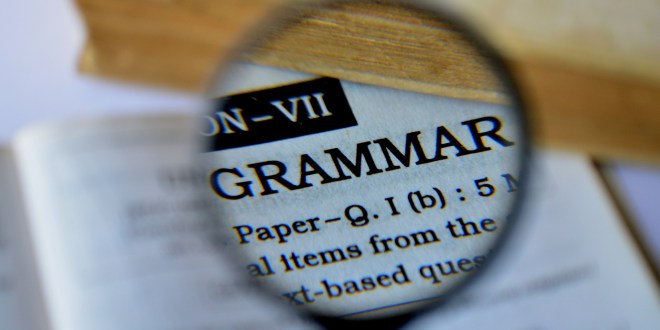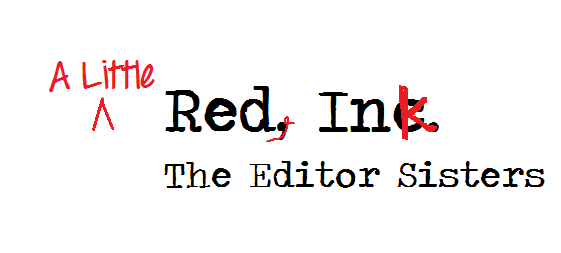
The Common Comma – Part II
The comma is one of those punctuation marks that has an outsized impact in relationship to its size.…
January 27, 2017
The comma is one of those punctuation marks that has an outsized impact in relationship to its size.…
January 27, 2017
For this post, I’m suggesting some books that you may want on your bookshelves or your may want to…
January 17, 2017
Plenty of ink has been spilled and battles fought over the necessity and superiority of the Oxford or serial…
December 26, 2016
Welcome to The Efficiency Addict column, helping writers work more effectively every day. This month I’m pleased to welcome back Kathleen…
December 25, 2016
Third Person In my last post, I explained that Point of View is one of the choices writers have…
November 29, 2016
We’re still a few days away from Thanksgiving, but we sometimes receive Christmas cards a few days after celebrating…
November 17, 2016
Twice in the last year, my husband and I have made the trip from Denver to Grand Junction, Colorado.…
October 28, 2016
Earlier this week I wrote a post for my own blog and was reminded about two things: the difference…
October 18, 2016
As if English with its homophones and irregular verbs weren’t confusing enough, how about those idioms? Oh sure,…
September 27, 2016
Welcome to The Efficiency Addict column, helping writers work more effectively every single day. For the next few months,…
September 25, 2016
This month’s post is all about words you might be hearing and saying and, consequently, writing improperly. We’re not…
September 17, 2016
Yes, we’re continuing to visit confusing words because the English language abounds with them. Here are a few…
September 17, 2016
Conferences: The Paid Critique So you’re thinking about attending a writers conference, or perhaps you’ve already registered for one.…
July 29, 2016
A few weeks ago I enjoyed a lovely dinner with friends at a cool restaurant in Raleigh. The first…
July 22, 2016
The golden rule for guest blogging is straightforward—Deliver solid content on time. Beyond that, there are a few simple steps you…
July 11, 2016
How to know when to stray from your writing plans. Do you ever have those times when your day…
July 3, 2016
Today’s tip on Polishing Your Message is . . . Don’t Do That. Do What? Overuse the word that.…
June 30, 2016A writing acquaintance of mine recently posted about her disdain of the comma splice, more importantly, the proliferation of…
June 23, 2016
As an editor, I frequently encounter homonym errors. Someone writes whether when they intend weather. Or peek when the…
June 11, 2016
Are you a writer who hasn’t written a word? How many waves of inspiration flow thru your mind before…
May 31, 2016Ever wonder what to do with all the research you’ve accumulated from your many writing projects? Do you ever…
May 22, 2016
When editors are asked to name their pet peeves, misuse of apostrophes ranks at or near the top of…
May 17, 2016
Last month, I overheard a conversation about dangling modifiers. Lots of laughter. Lots of confusion. Lots of questions. “What’s…
May 9, 2016
What is a critique? Well, it’s one of my favorites. A critique is very much like a macro edit,…
May 7, 2016
What is a proofread? I’m sure you know by now the importance of wisdom as you choose a freelance…
April 28, 2016